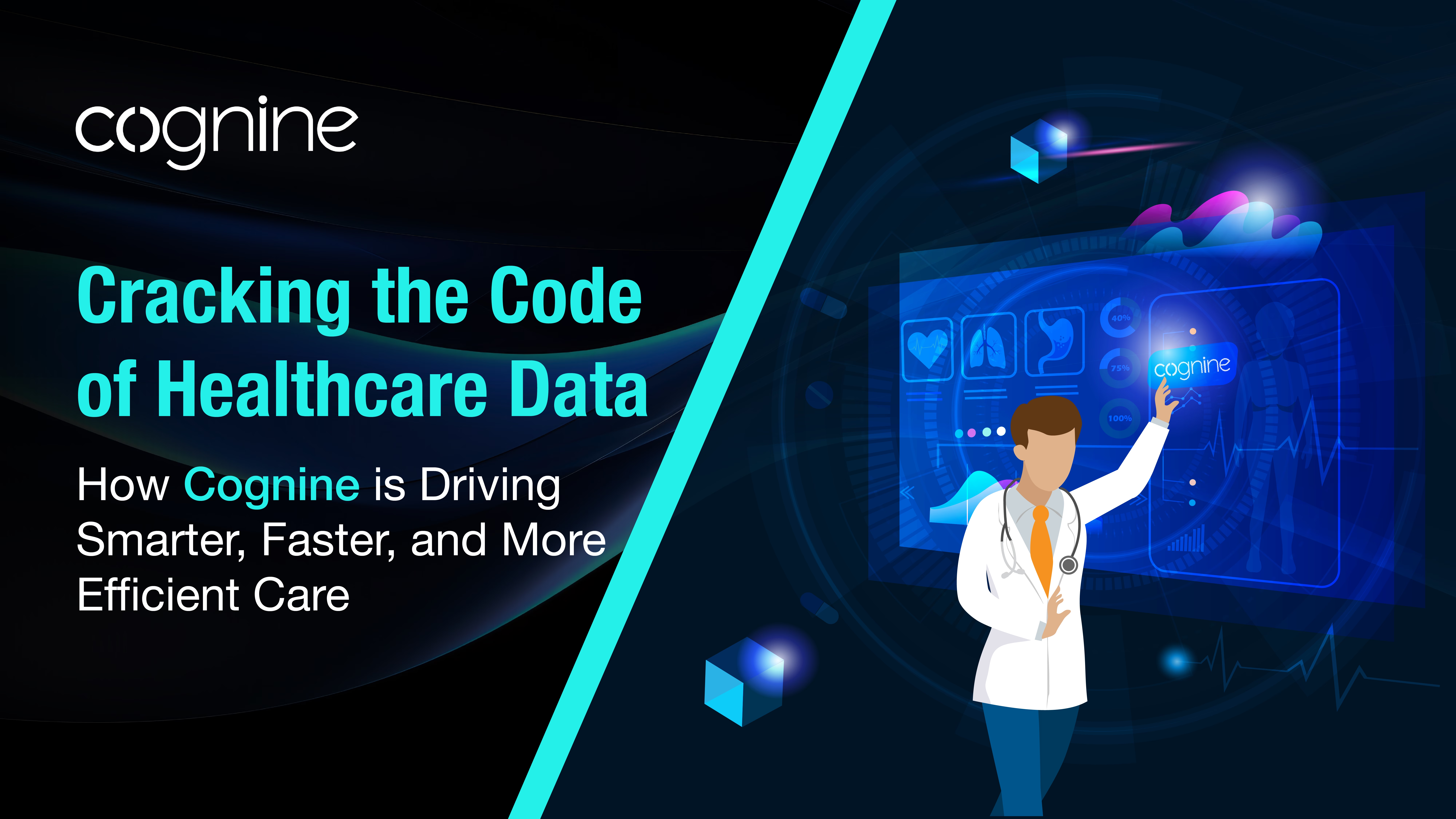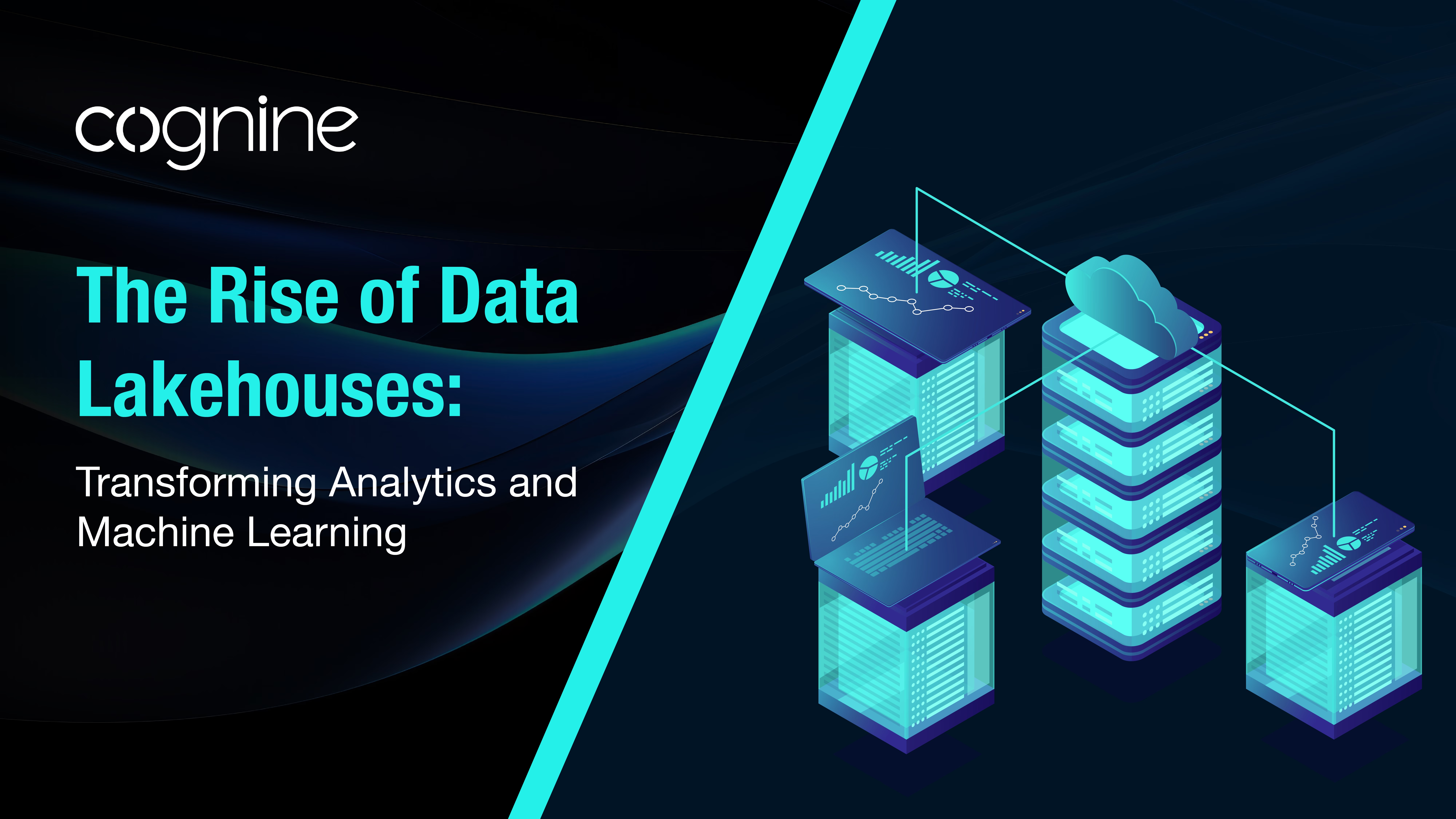Why 2024 is the Year of AI Agents and Compound AI Systems?
In the rapidly evolving landscape of artificial intelligence, 2024 is poised to be the year of AI agents. As large language models (LLMs) continue to demonstrate remarkable improvements in reasoning capabilities, the integration of these models into compound AI systems is transforming how we approach complex problem-solving. At Cognine, we are at the forefront of leveraging AI agents to build more efficient, adaptive, and intelligent systems.
Understanding AI Agents and Compound AI Systems

The Shift from Monolithic Models to Compound AI Systems
Traditionally, AI models have operated as monolithic entities, designed to perform specific tasks based on the data they were trained on. However, this approach often falls short when addressing multifaceted problems that require a more nuanced and dynamic solution. This is where compound AI systems come into play.
A compound AI system integrates multiple components, including tuned models, large language models, image generation models, and programmatic elements, to create a cohesive and versatile solution. By breaking down complex queries into manageable parts and leveraging the strengths of different models, these systems can significantly improve accuracy and efficiency.
The Role of Large Language Models

Large language models serve as the backbone of many compound AI systems. Their ability to understand and generate human-like text makes them invaluable for a wide range of applications, from generating natural language responses to summarizing documents and drafting emails. The key to their effectiveness lies in their enhanced reasoning capabilities, which allow them to decompose complex tasks and develop comprehensive plans to address them.
Practical Applications of Compound AI Systems
Example 1: Customer Support Automation
Imagine a scenario where a customer contacts a support center with a complex issue regarding a product malfunction. A simple AI model might struggle to provide an accurate and satisfactory response due to the intricate nature of the problem. A compound AI system, however, can handle this query more effectively by:
- Decomposing the Query: The system breaks down the customer’s issue into smaller tasks, such as identifying the product model, checking the warranty status, and diagnosing the malfunction.
- Accessing Databases: The AI agent accesses various databases to retrieve relevant information, including product manuals, customer purchase history, and troubleshooting guides.
- Generating a Response: The language model generates a detailed and coherent response, providing step-by-step instructions to resolve the issue or escalate it to a human technician if necessary.
Example 2: Financial Analysis and Reporting
Consider a financial analyst tasked with generating a quarterly report for a company. This involves collecting and analyzing large volumes of financial data from different sources. A compound AI system can streamline this process by:
- Gathering Data: The AI agent gathers data from multiple financial databases, spreadsheets, and market reports.
- Analyzing Information: The system analyzes the data, identifying key trends, anomalies, and performance metrics.
- Creating the Report: The language model generates a comprehensive report, complete with charts, graphs, and narrative explanations, ready for review and presentation to stakeholders.
The Magic of System Integration
The true potential of AI agents is unlocked when they are integrated into existing processes and systems. By designing modular systems that incorporate various tools and models, we can create solutions that are not only more efficient but also easier to adapt and scale.
Retrieval-Augmented Generation (RAG)
One of the most popular and effective implementations of compound AI systems is retrieval-augmented generation (RAG). RAG systems use retrieval mechanisms to augment the generation process, ensuring that the generated output is both relevant and accurate. This approach is particularly useful in applications that require accessing and synthesizing information from multiple sources.
Challenges and Considerations
While the benefits of AI agents and compound AI systems are significant, there are also challenges to consider. Ensuring data privacy, maintaining system flexibility, and investing in the necessary resources for model tuning and integration are critical factors that must be addressed.
As we embrace the future of AI, Cognine is committed to harnessing the power of AI agents and compound AI systems to deliver innovative solutions that drive efficiency and accuracy. By integrating advanced AI models into our processes, we are paving the way for smarter, more adaptive systems that can tackle even the most complex challenges. The journey ahead is exciting, and we look forward to exploring the limitless possibilities that AI has to offer.
Stay tuned to Cognine’s blog for more insights into the latest developments in AI and how we are leveraging these advancements to transform industries. If you’re interested in learning more about our AI-driven solutions, contact us today to see how we can help your business thrive in the age of AI.
Get In Touch
Quick links
Privacy Policy | Copyright ©2025 Cognine.





